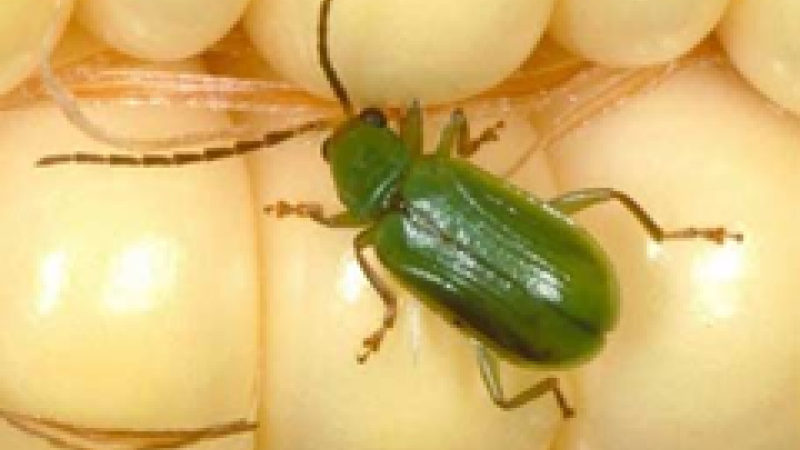Factors to Consider When Considering Spraying a Fungicide on Corn
I get the question every year “Should I spray fungicide on my corn?” This is a very good question and my answer is “It Depends” and it really does depend on many factors which differ every year. I believe there are three major factors to consider in this discussion. Economics, Environment, and Cultivar Tolerance. Economics must always be part of the conversation. Will your potential ROI be great enough to warrant treatment? Cultivar Tolerance also needs to be part of the conversation because there is no need to treat a cultivar that is very tolerant to a target disease. The environment is the hardest to manage, especially the weather.
Corn diseases take place every year in a multitude of categories of plant damaging pathogens, seedling diseases, foliar diseases, stalk rots, and ear rots. For a disease to be present it must meet three criteria: the pathogen must be present, there is a susceptible host, and a favorable environment. This is known as the disease triangle (figure 1). The severity of the disease depends how long the disease triangle stays intact. The key to managing diseases is to eliminate one of the three legs of the disease triangle.

Seedling Diseases
Most seedling diseases are not as prevalent as they once were because of the newer seed treatments put on our seed. We still can see these diseases occur, but it is more than likely under prolonged exposure to cold wet soils.
Foliar Diseases
Most foliar diseases are visible during tassel and the grain fill periods. Foliar diseases vary greatly from field to field and year to year and are affected by environment, crop rotations and cultivar tolerances.
Stalk Rots
Stalk rots are very complex, are hard to control and generally occur during the grain fill period. There are many factors that affect the stalks, temperature stress, insect damage, nutrient deficiency, drought, hail, and foliar disease stress to name a few.
Root Rots
Most ear rots are a fungus and can be controlled with a timely application of a fungicide.
Scouting this time of year is critical to determine what diseases are present and the severity of the disease. Taking the time to walk fields will allow you to make good economic management decisions. Talk with your Hoegemeyer agronomist to help you determine which hybrids are at the highest potential risk for diseases in your area. Make sure you are identifying the diseases correctly and then see what you can do to break at least one leg of the disease triangle. The environment is the hardest to control. You can change management practices such as crop rotation and tillage, but the rest is up to mother nature.

